Coast-to-coast sidekicks
The Boston Globe - Travel - Sunday, November 7, 2010
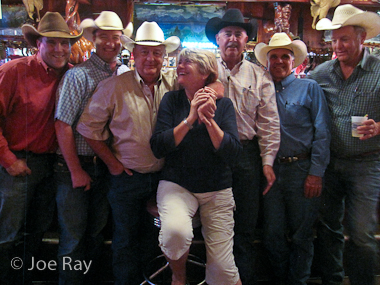
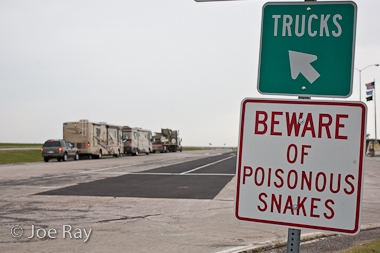
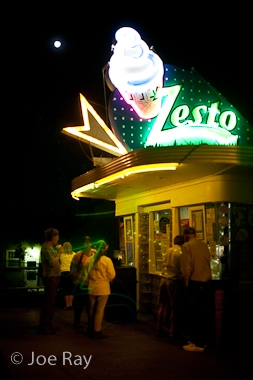
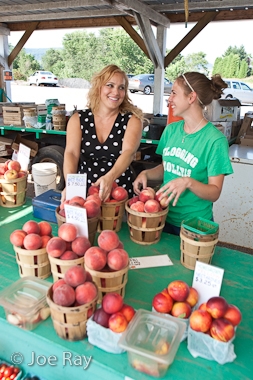
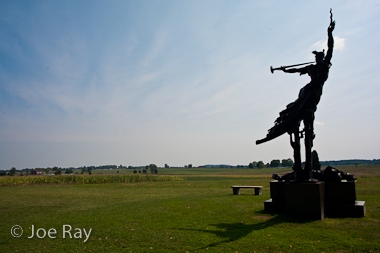
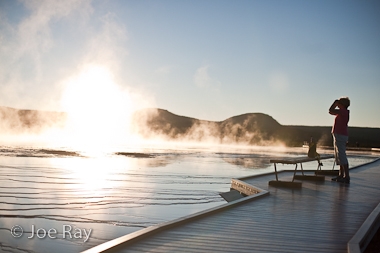
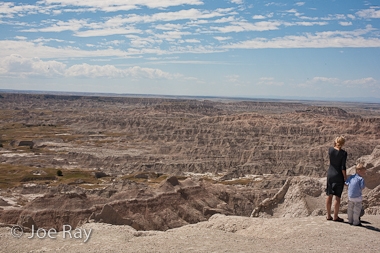
Third time’s another charm for the author, his mother, and her meditative, rollicking, on-the-road self
By Joe Ray, Globe Correspondent | November 7, 2010
When I told Mom I was writing a story about our upcoming cross-country drive — our third together — she balked.
“Does that mean I have to watch my mouth?’’ she said.
“Nah,’’ I bluffed. “If we go into Canada, though, maybe don’t get snappy with the border agent again.’’
We were driving from New Hampshire to Seattle to deliver one of my dad’s silver Volvo station wagons to my sister, a tradition that started years ago once Dad figured out how much it costs to ship a car coast-to-coast.
Because of our previous trips, Mom and I already had rules, routines, and rituals in place. I prefer small highways to interstates. Mom does not camp. We read a book aloud together. We try to eat well and bend that rule every day at around 4 when we stop for pie. We learn more about our country and each other.
This trip is a mix of all of these elements. Much of the time, we will blast down the highway. At other times — such as our first stop in Milford, Pa. — we’ll see beautiful, small-town America, with its large porches, tiny shops, little restaurants, and waving residents.
The first changes from what we know well are almost imperceptibly gradual as we cross Massachusetts and head into southern New York and Pennsylvania. Birds change, trees change, land contracts and expands differently, and the sky opens with a vertical quality unlike what we see in New England.
Each trip, Mom has a place to visit that, to me, seems pulled out of thin air. Last time, she voiced a longtime desire to see Niagara Falls. This time, she wants to show me Gettysburg.
“Gettysburg?’’ I say, wondering why she has chosen it.
“Could you imagine if it went differently?’’ she says.
I pause for a second, see her point, and we head west.
There they are. These fields. These few square miles where the decisive battle of the Civil War played out. We’ve bought a CD tour that you follow by driving from one battlefield to the next, and there’s this peculiar point where the narrator, actor Stephen Lang, asks us to close our eyes and imagine the fighting as he describes the last day — something that sounds hokey until we close our eyes and imagine.
Back on Interstate 70, Mom pulls out a book. Last time, we read Harry Potter No. 7. This time we wanted a classic. We try William Faulkner’s “A Fable’’ which, with what Mom calls its “long, long, long’’ sentences, is not written to be read aloud.
“Are you keeping up with this?’’ she says, after a few pages. I shrug and she continues for two more pages before saying, “Oh hell!’’ and flipping the book into the back seat, exchanging it for John Steinbeck’s “Cannery Row.’’
It’s perfect. There’s an immediate sense of place, beautifully drawn characters, and an evident love of things he describes: — marine biology, the Model T, his beloved Monterey, the coast we’re heading for, human nature.
In turn, the quality of his observations opens our eyes that much more. Here we are, buzzing around the country, pausing at times to learn, skimming at other times. I get lost pondering how much of the land is managed, how much is wild. I wonder, as we cross Illinois, how much it reminds Mom of growing up in Joliet.
“Town used to be surrounded by fields like this,’’ she says, and the more we drive, the more I learn of her life before she moved east some 40 years ago.
“Truck farm,’’ she says later, pointing out a farm just large enough for its occupants to pack up their produce and sell it locally. Later, hunters’ gunshots get her talking about the relationship between crop harvests and bird migration patterns, connections to the land I never realized she had.
She hasn’t lived here for decades and these little bits of her past pop up as if from yesterday. Later on, I’ll notice her staring out the window, gone who knows where between the corn rows.
“Do you miss it,’’ I ask, wondering about a time in her life where, due to particularities in the parent-child relationship, I’ll never get a full answer.
“Yes.’’
In South Dakota, we hop off Interstate 90 and take the Highway 240 Loop Road through the Badlands. It’s my third trip through the park and the most gratifying. Mostly, I enjoy being with Mom as she sees it for the first time. On this morning, we drive into sunlight after a light rain — the clouds painterly, tall, and close-packed. The hills and their striated colors appear to hinge on the horizon, creating an inverse imprint below, ending only where it rises to meet my feet. It’s so complex and full of texture that I can’t take it all in, giving me that good feeling of belonging to something bigger than myself.
At this point, I do something peculiar. I interview Mom and one response sticks out.
“Why do you come on these trips?’’ I say.
“I’ve driven through familiar situations 99 percent of my life. I spent my first 21 years between Illinois and Wisconsin [where she was born] and never went to Iowa until you and I drove through. Now we live in New England and I still know very little about it,’’ she says without regret. “Besides, how often do we get to spend time like this together?’’
Farther on, in Sheridan, Wyo., we sit next to a table of 10 men in cowboy hats. It looks like something between a reunion of old friends and a work meeting. They turn out to be from all across the country, in town for a video cattle auction at the Holiday Inn, but dinner is all tall stories and catch-up.
We talk with Matt Bode, a buyer for the high-end Creekstone Farms meat processing plant in Arkansas City, Kan., which “finishes’’ cattle, buying cows and fattening them up.
“Finishing cattle is like a college freshman at a buffet,’’ he jokes. “All they do is sleep and eat.’’
I ask about buying and selling at a video auction, where buyers see the cows they’re purchasing only on a television screen. In most cases, though, they know whom they’re working with.
“It’s all in the handshake,’’ Bode says. “Your reputation as a buyer, seller, or cattleman is made or broken right then.’’
We follow the boys to Sheridan’s Mint Bar, an old-school western classic with buck and ram heads dotting the walls, hundreds of rodeo photos, and 100 years’ worth of stories most moms will never hear. Mom and I end up talking to different groups. Bode is telling me raunchy tall tales about past visits to the Mint. Mom gets involved in conversations with the boys about heifers, artificial insemination, and market access. I love looking across the room to see her shooting the breeze with a bunch of cowboys, completely out of her element and also firmly in it — a side I don’t usually see.
At the end of the night, I get a point-and-shoot shot of Mom and the guys. Behind the camera, I’m the one smiling the most.
“That,’’ she says, as we walk back to the hotel, “was worth the whole trip.’’
The next morning, I’m out by the car, staring at the mountains. The Rockies, and later the Cascades, rise like great, distant waves beyond the vast calm seas of the plains and deserts that precede them. Sometimes, I need a moment to remember how impressive they are.
We pass the eastern side of the Tetons, then go up through Yellowstone — parks I’ve been able to visit on a few occasions and where I have a growing set of memories. I realize the past builds a stronger present. The call of the West has changed over time but still rings clear, and as our trip winds down, there’s a peculiar ache, a nostalgia for the present.
Perhaps that feeling takes away from the moment — who knows if and when we’ll be able to do this again. Yet that same idea heightens the experience, of how lucky we are to see this and share it, spend this time together, traveling east to west, side by side.
See the story as it ran in the print version: page 1, page 2.